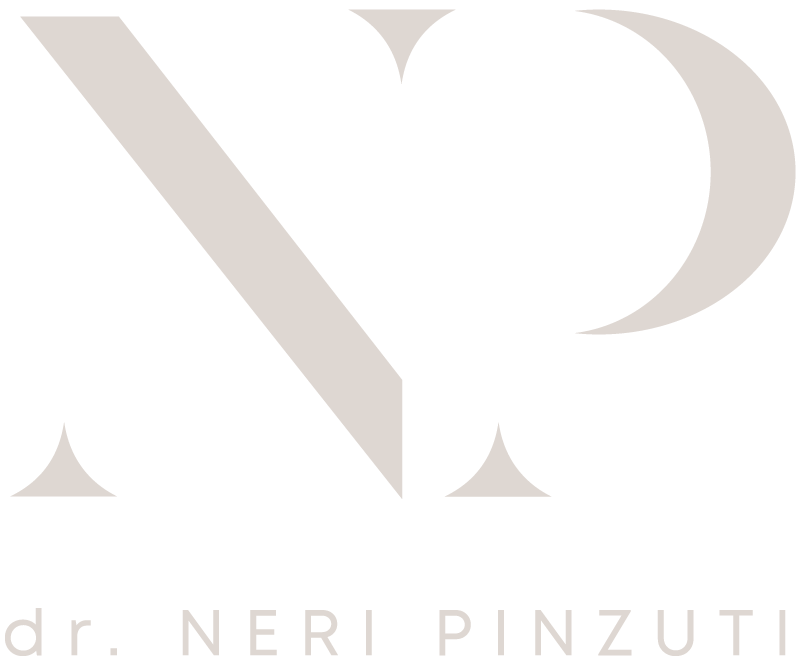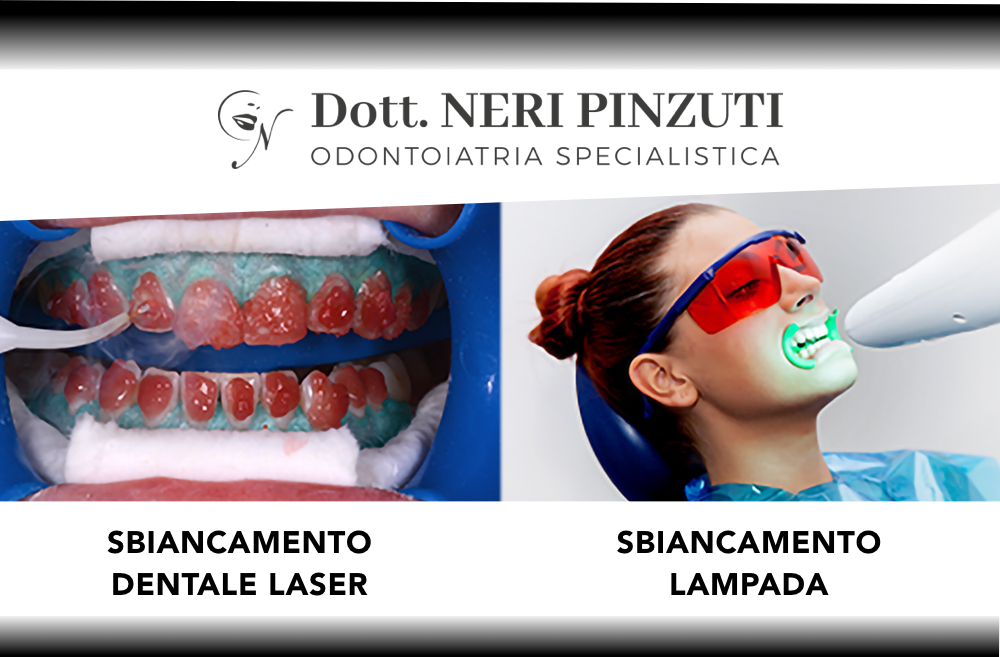Minimally invasive computer guided implantology
The loss of natural teeth is a highly disabling phenomenon, both from a functional point of view (it involves difficulty in chewing, loss of solidity of the dental arch, displacement of contiguous teeth, etc.) and on an esthetic level as the harmony of the smile will inevitably be compromised.
For years, traditional implantology techniques were the only solutions used to replace one or more missing teeth. Today, surgical procedures are no longer the only solution!
Through computer-guided implantology and thanks to the use of sophisticated software, it will be possible to have a clear and very precise view of the case at hand and to budget, step by step, on the computer, the whole procedure that will lead the patient to have his teeth again within a few hours.
It will no longer be necessary to go through long and painful procedures, resulting in gum incisions, bleeding and postoperative discomfort; in fact, the implants will be placed without cutting and suturing the gum and the prosthesis will be anchored to the dental implants the same day.
Computerized implantology has greatly revolutionized implant treatment by ensuring less invasive surgical procedures and greater comfort for the patient, who will no longer have to deal with the fear and stress of repeated and painful sessions.
The patient will have to, as a first step, take a special CT scan, the data from which will be transferred to the computer; then, special software will process the data from the CT scan into 3D (three-dimensional) images , which will give the clinician the exact view of the surgical field.
With the use of a special template (surgical template), the clinician will see exactly where to make the drilling to insert the implant and then the prosthesis; in this way, the patient will be able to leave the dental office with the new prosthesis that will allow him a normal mastication, a completely renewed aesthetic situation and a phonation equal to those who have natural teeth.
With guided implantology, there will no longer be a need to wait for osseointegration and wound healing time caused by incisions and subsequent sutures; the number of sessions in the dental office will also decrease dramatically, resulting in less stress and anxiety, especially for patients who are more fearful of the dentist.



